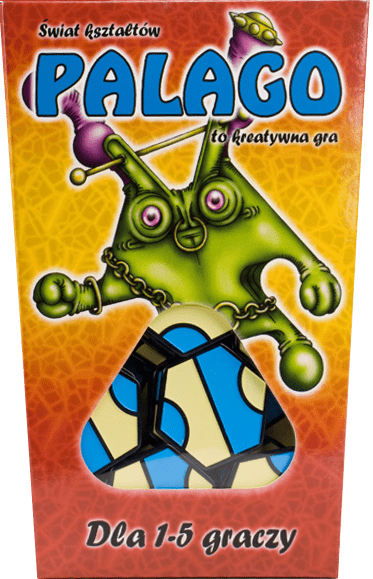Palago (2008) Board Game
Palago is an abstract strategy board game designed by Cameron Browne and first released in in 2008. It is a print-and-play game, meaning players can download and print the game components to play at home. The game features hexagon grid tiles that players use to build patterns and strategically place tiles on the board to outwit their opponent.
Game Components of Palago
How To Setup Palago
To set up the game, the first player places two adjacent tiles in the playing area, ensuring edge colors match. The starting player is determined by drawing a tile from the bag, though this has no significance in the gameplay. Each player then takes turns placing two tiles at a time, adhering to the basic rules of connection and color matching.
Gameplay Mechanics and Game Objective
Player Experience
Playing *Palago* requires a delicate balance between offensive and defensive strategies. Early in the game, it is often wiser to focus on defense without immediately counter-attacking, as this can improve the player’s overall position. When the time is right, transitioning to an attack can be crucial for securing a win. The game demands careful planning and visualization to set up winning threats and nullify those of the opponent.
Pros
Cons
Personal Thoughts on Palago
*Palago* is ideal for fans of strategic tile placement games and those who enjoy puzzle-solving. It is suitable for players who appreciate abstract strategy and are willing to invest time in mastering the game’s nuances. While it may not be the best fit for very casual gamers due to its complexity, it offers a rewarding experience for those who enjoy deep strategic gameplay.
We are supported by our audience. When you purchase through links on our site, we may earn an affiliate commission, at no extra cost for you. Learn more.

